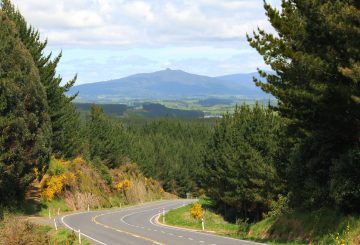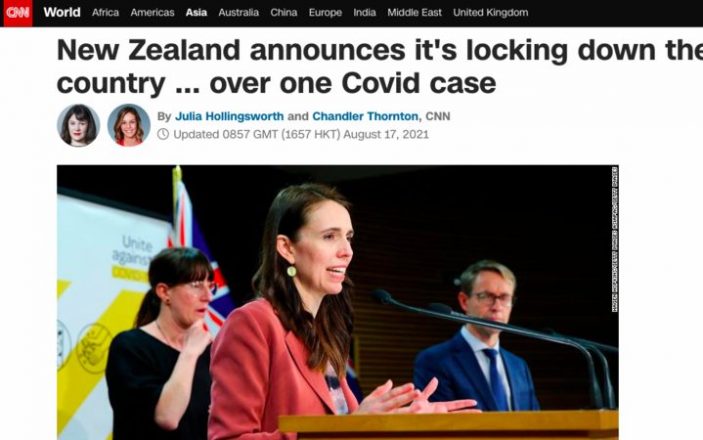周二晚些时候,新西兰进入为期三天的全国封锁。只需要1例冠状病毒病例,新西兰没有社区传播的 6 个月连胜结束了。”这就是华盛顿邮报的记者迈克尔 ·E· 米勒在昨晚新西兰正进入 4 级封锁时开启他的故事的方式。
这是其他国际媒体所响应的一个角度,似乎都对新西兰政府采取的尖锐行动感到惊讶。
总理哈辛达·阿登昨晚对全国表示:“我们一直致力于努力和早点。”
“新西兰将在报告新增1例社区病例后开始为期三天的封锁”这是 昨天《纽约时报》的标题。
有线电视新闻网的头条说:“新西兰宣布封锁整个国家… 如果超过1例 Covid 社区病例”。
NPR 写道,我们进入严格封锁突出了我们与 “大多数其他国家的 “截然不同的方法”,后者试图抑制 [Covid-19 的] 传播,而不是完全消除它”。
除了头条新闻之外,美国媒体和英国广播公司还提到新西兰的低疫苗接种率是覆盖范围的关键点。
NPR 很简单地说:“该国一直在努力为人民充分接种疫苗。”
卫生总干事阿什利·布卢姆菲尔德博士回应了哈辛达·阿登昨天的警告,并表示,即使疫苗接种率很高,新西兰仍然需要制定公共卫生措施。
虽然昨晚超市的热潮使得《华盛顿邮报》和英国广播公司的报道都受到了影响,尽管只有一条线。《纽约时报》的直播博客就这个话题发表了这样的话:“新西兰人涌向超市囤货,买空卫生纸,让人想起疫情最早几天的场景。”






























































